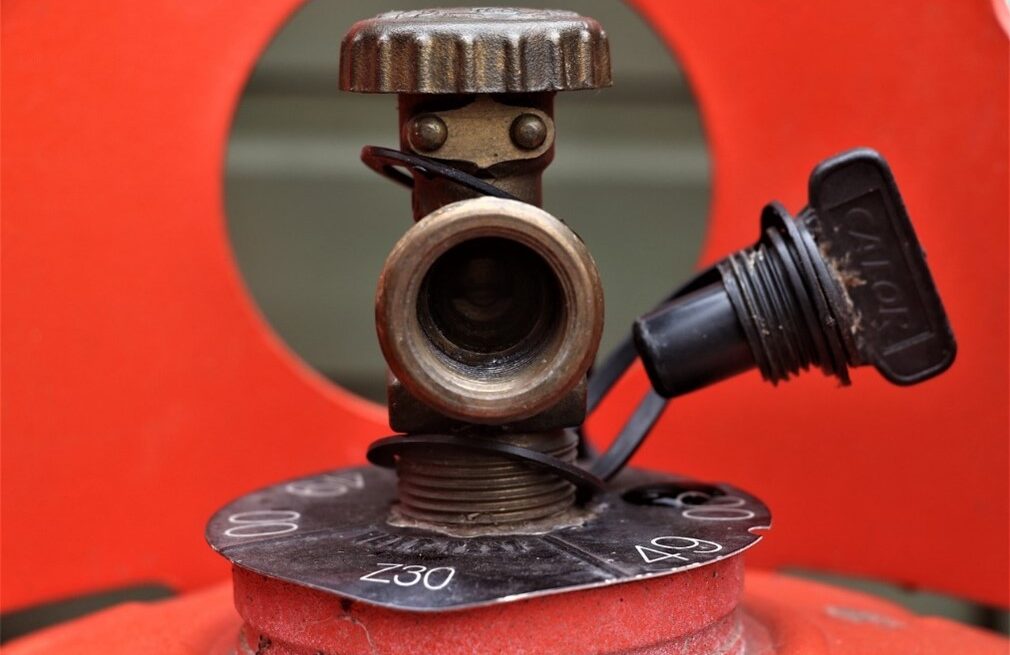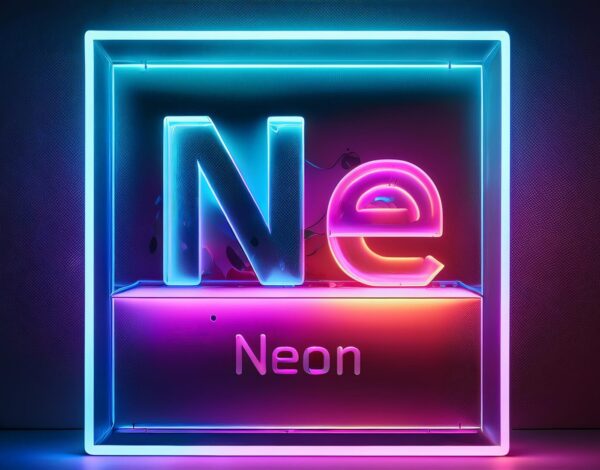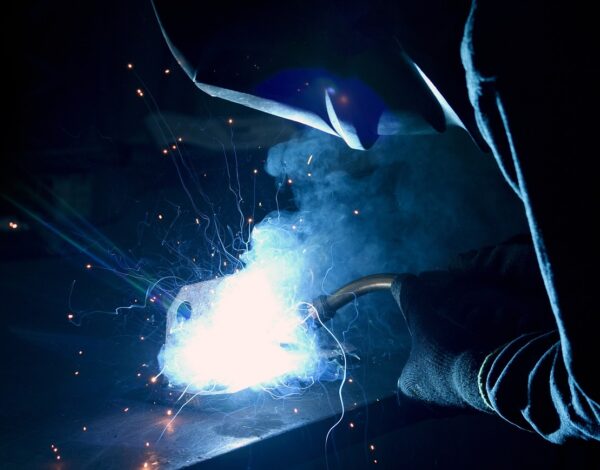

Hydrostatic or Ultrasonic – Which Testing Method Is Right For You?
Compressed gas cylinders are used to store gases such as oxygen, propane, acetylene, and helium. Since they are under extreme pressure, they need to be handled with care and maintained to be structurally sound. Structural flaws in cylinders can lead to loss of product or dangerous pressure issues. The two primary methods of testing cylinders to detect these potential issues are hydrostatic testing and ultrasonic examination. The processes of these two testing methods are different in technique and both methods provide benefits for a variety of applications.
Hydrostatic Testing
Hydrostatic testing is an essential part of quality control and is the industry standard for most testing. These tests are performed to determine the safety and structural integrity of a variety of objects including gas cylinders, storage tanks, plumbing systems and chemical pipelines. The testing ensures that the object can withstand liquid pressure without rupturing or leaking. This testing also provides confidence that the object can endure exposure to corrosive environments without weakening. Hydrostatic testing is routinely used by engineers after repairs or alterations to confirm that equipment has been rebuilt or repaired properly. It also maintains equipment compliance. The testing interval requirements vary, depending on the type of equipment and industry.
Common Applications of Hydrostatic Testing:
- Heat exchangers
- Gas, water, and other fluid piping systems that are recently installed or modified
- Air compressors
- Fire suppression systems
- Leads, tanks, and reactors used in industrial processes
- SCBA and aviation cylinders
Ultrasonic Examination
The ultrasonic examination testing system uses sensors that send and receive signals. High-frequency sound waves are directional and longitudinal waves are directed at a 90-degree angle. They expose any defects in the cylinders and measure wall thickness flaws. Shear waves enter the cylinder at a 45-degree angle. They can locate and expose cracks in the material from any direction. A common application for UE testing is ultrasonic thickness measurement. It’s helpful in assessing pipework corrosion. Ultrasonic flaw detectors are used in safety and quality-related applications and are considered more efficient and non-destructive than other testing methods. However, some industries prefer other methods that can test the bottom of the cylinders.
Common Applications of Ultrasonic Testing:
- High pressure gas cylinders
- Medical cylinders
- Aircraft engines and frames
- Structural welds
- Steel beams
- Pipelines and tanks
- Power turbines
- Railroad Rails
- Automobile frames
The Method Differences
While hydrostatic testing uses liquid, and ultrasonic examination uses sound waves, both methods are approved by the DOT to ensure the safety of cylinders filled in the USA. Below are the main differences of each testing type.
Hydrostatic Testing
- Ensures the ability to withstand pressure
- Used to test the strength of the cylinder
- Often used as preventive maintenance
- Useful to detect any leaks
Ultrasonic Examination
- Has very high sensitivity which helps to detect extremely small flaws
- Used to detect the level of corrosion
- Measures the thickness of the cylinder walls
Facilities performing testing must be DOT certified and properly document the testing and results. If you are unsure about the best method for your business, our team of experts can help you determine the testing type and the appropriate compliance schedule for you.
Cylinder Testing in the Rocky Mountains
Regardless of the testing type, working with a company that offers hydrostatic and ultrasonic testing services can save money, time, and resources. Inaccurate assessments can lead to costly repairs and expose your employees to unnecessary risk. Rocky Mountain Air has certified technicians that are specifically trained for hydrostatic and ultrasonic testing. The experts at our testing facility in Salt Lake City are well equipped to answer your questions and to provide cylinder maintenance with flawless dependability in the Rocky Mountain region. Contact us today! We look forward to serving you.



